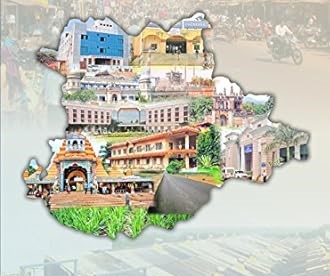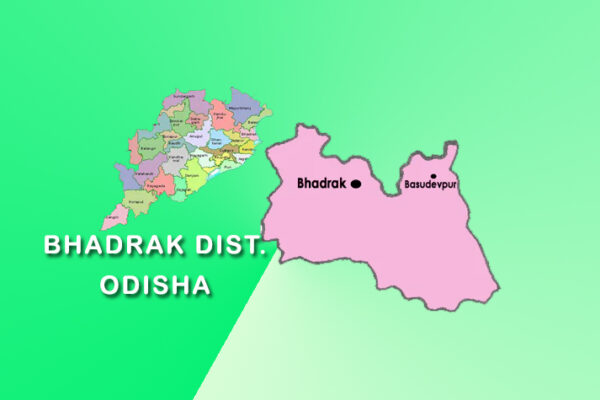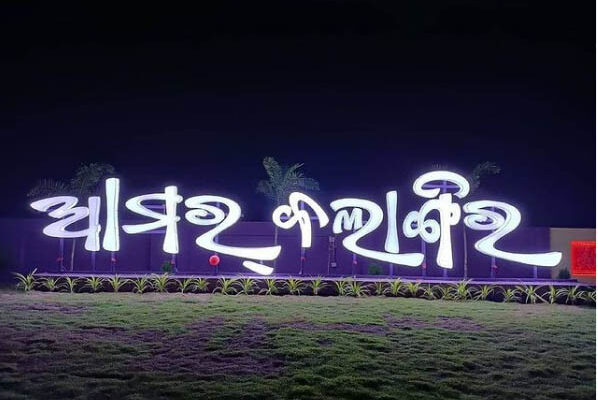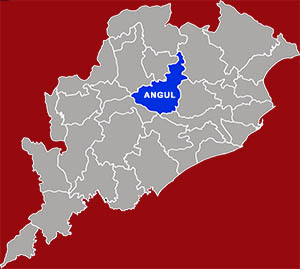
Ganjam
Ganjam District came into existence on 1st April 1936. The district is named after the old township and European fort of Ganjam situated on the northern bank of river Rushikulya which was the head quarter of the District. The Ganjam area was a part of ancient Kalinga which was occupied by Ashok in 261 B.C….












